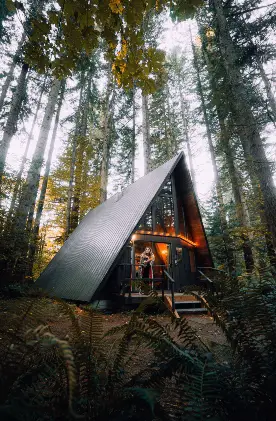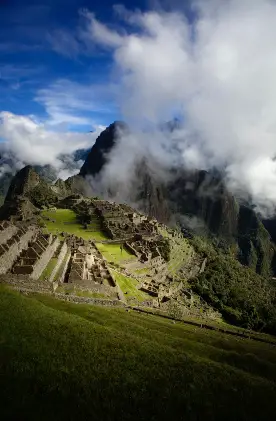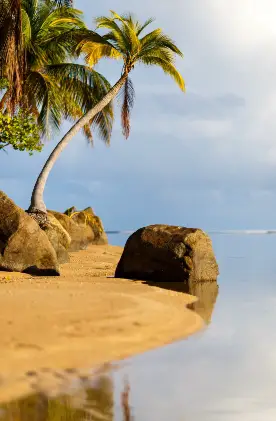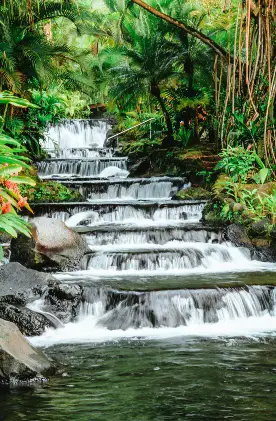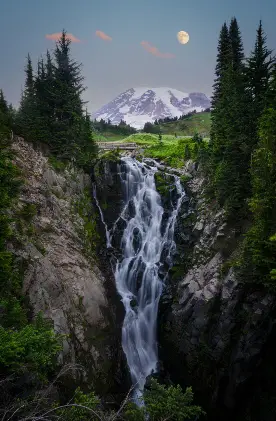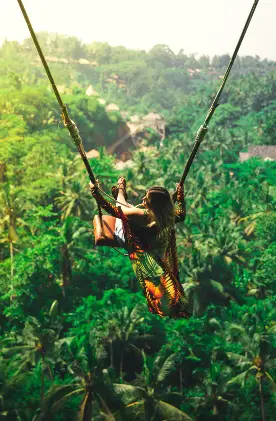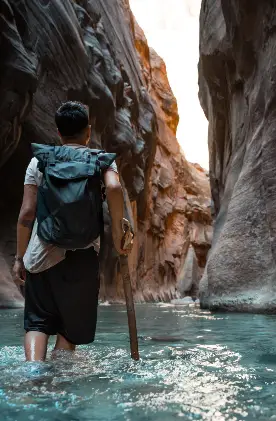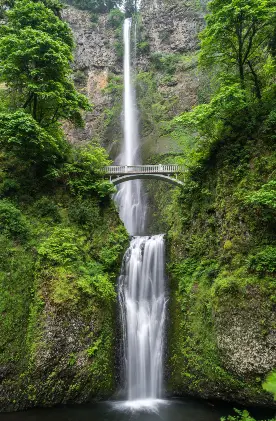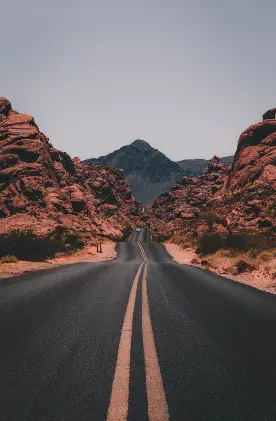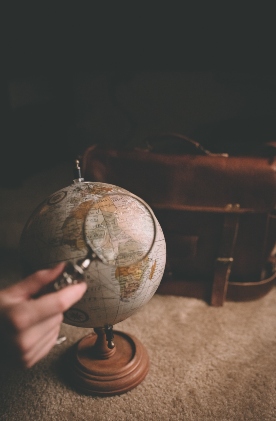Hi guys! Welcome to my article on the amazing Lost Coast Trail of California! It’s a pleasure to share with you my experiences on this trail as well as provide some tips and advice for your backpacking trip there. Before I get started, please allow me to introduce myself. My name is Joey Genochio and I’m a 28 year old photographer from San Jose, California.
After finishing college at the University of Portland, I began working at the Nike World Headquarters in Oregon. Almost immediately I felt confined by my office and so I committed myself to see something new outdoors at least one day per week. Suddenly, I was driving 700 miles every weekend exploring the beautiful Pacific Northwest with my camera in hand.
Eventually I picked up activities like surfing, backpacking, sport climbing and snowboarding in an ever insatiable desire to be outside. Today, I go from one trip to the next trying to enjoy myself as much as I can. You can follow my adventures and photography on Instagram at @joeygenochio.
Four Nights on the Lost Coast Trail
The Lost Coast Trail had been on my list for years after reading an article on Huckberry.com about the adventure. With the limited availability of permits, the fire season and busy schedules we still managed to get five of us together for the trip. I was joined by my twin brother and my three college roommates, despite all of us living in different parts of the US.
Our trip was planned for three days and four nights. We set out from San Francisco and drove five hours to Black Sands Beach Trailhead, where we had a van from Lost Coast Adventure Tours pick us up. The idea is to leave your car at the end of the trail and have the van drive you one and a half hours north to the start of the Lost Coast Trail at Mattole Beach.
I don’t recall the names of our campsite locations or how many miles we did each day on the Lost Coast Trail as so much of that is determined by the tides and how fast you manage to hike and what time you decide to wake up. Your schedule is heavily dependent on the tides on this trail.
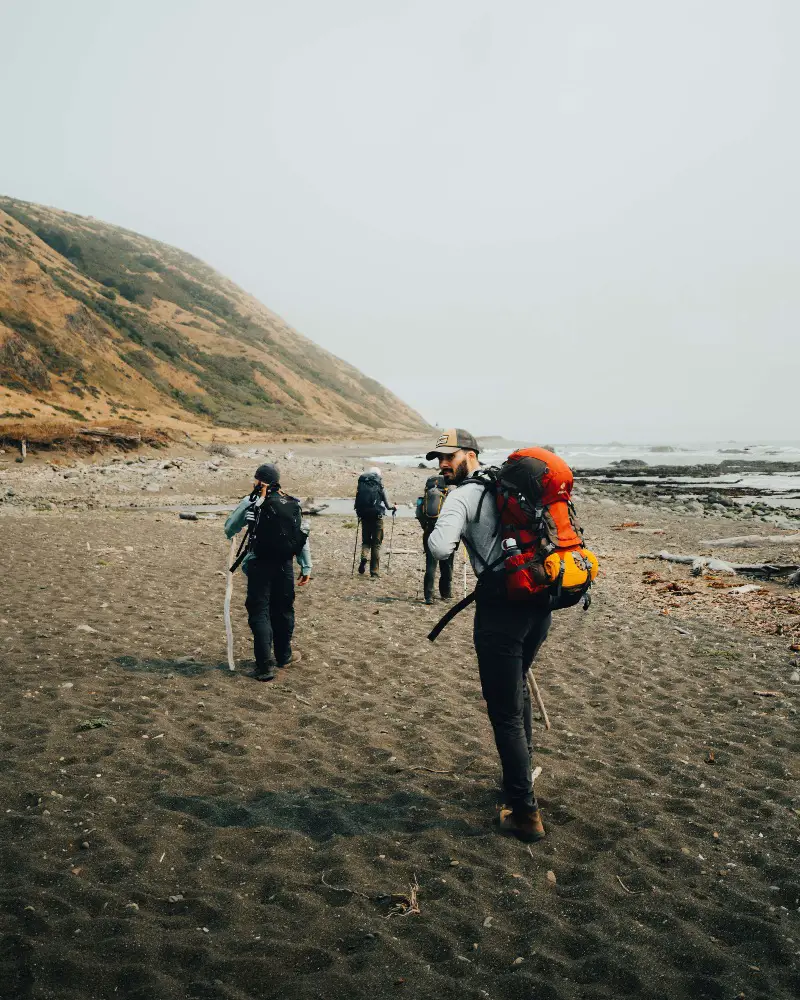
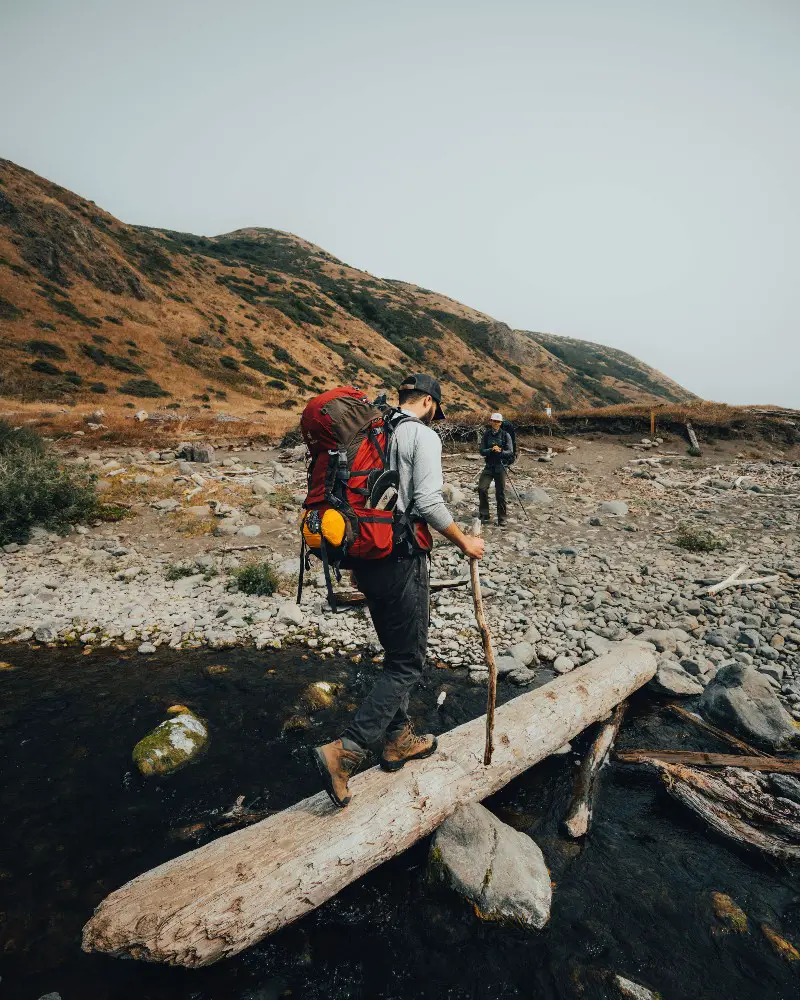
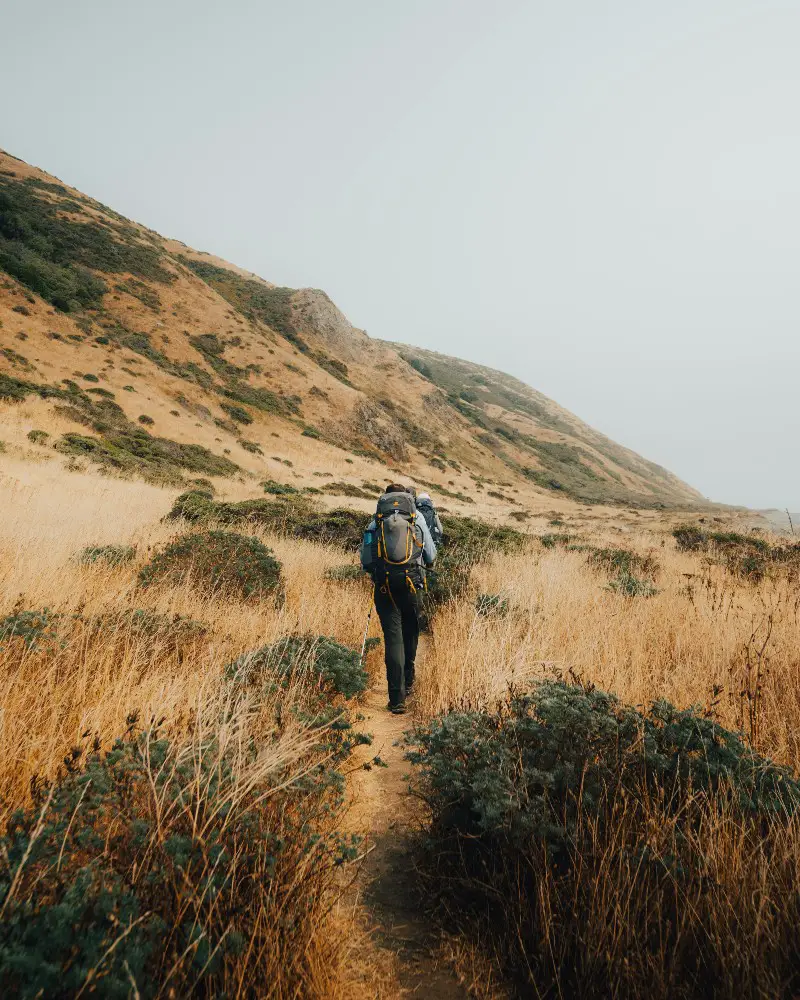
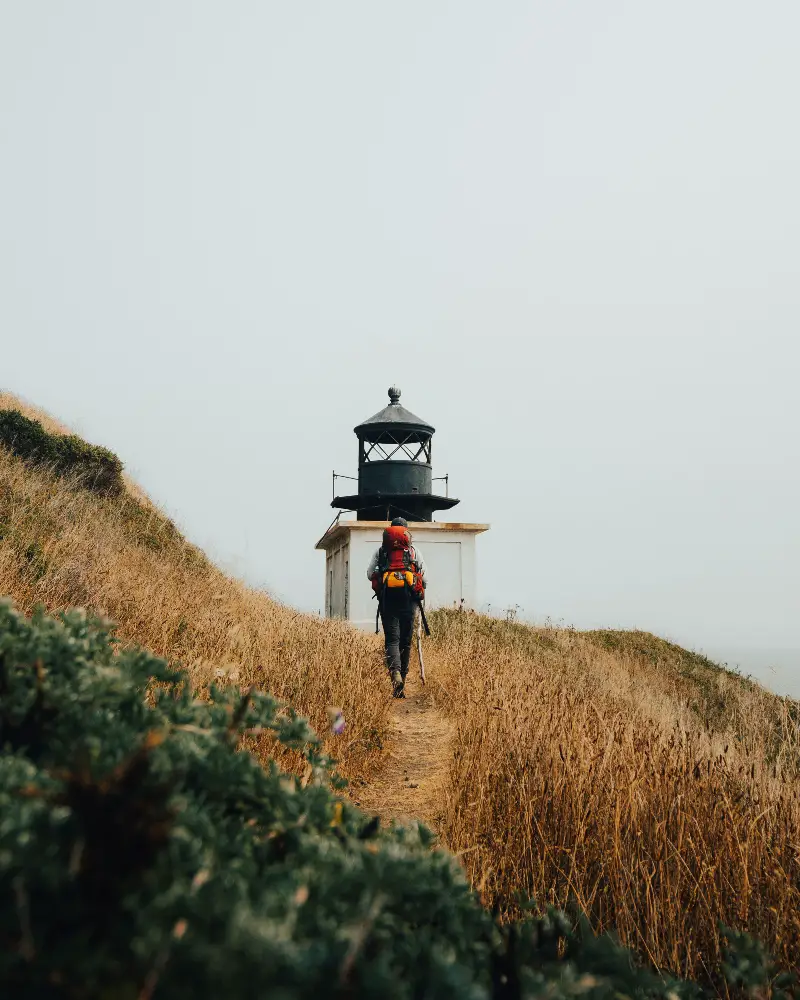
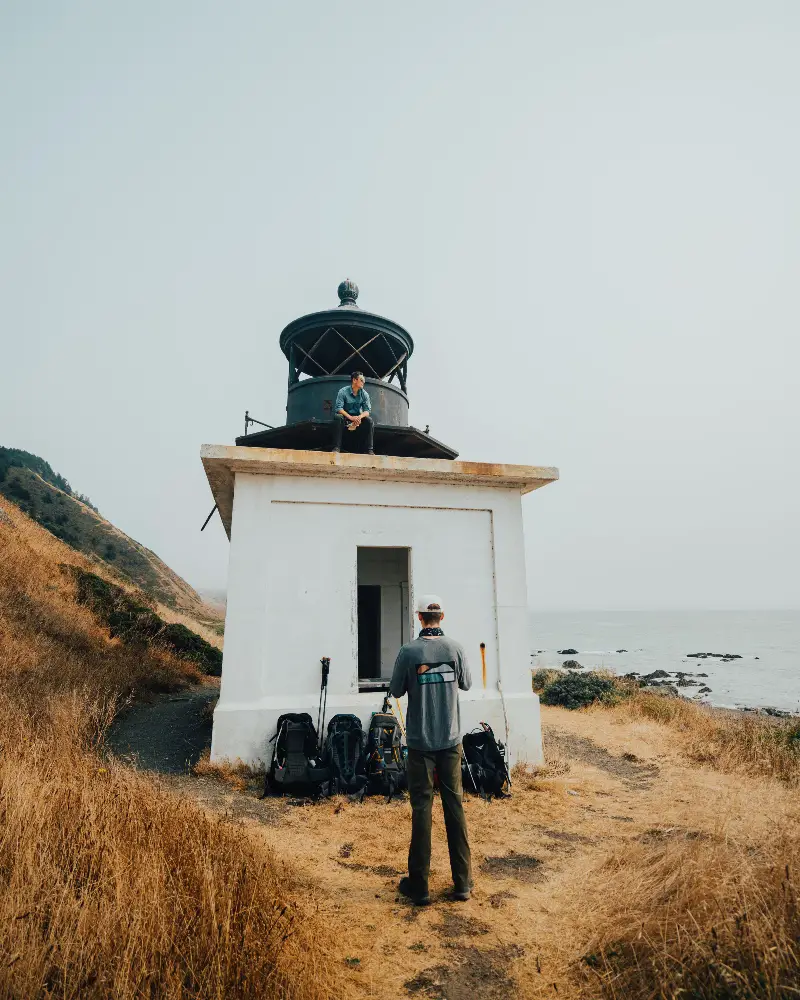
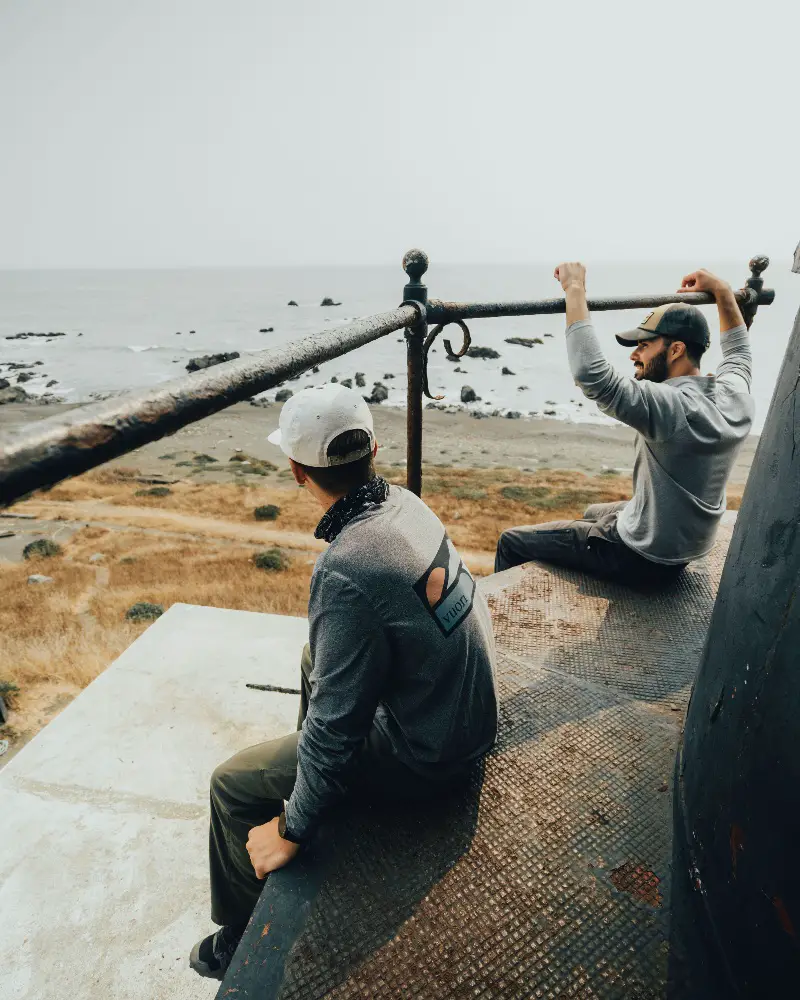
Beautiful Scenery Along the Way
The scenery on the Lost Coast Trail is beautiful! It’s supposed to be one of the most remote and undeveloped coastlines in California and it definitely feels isolated in that way. The most difficult aspect of this hiking trail is also what makes it so unique. With fully loaded bags you are traveling for miles on end along rocky beaches right along the crashing waves.
During various sections of the trail you walk on fine sand, small pebbles, medium rocks and big rocks – each of these for either a quarter mile or many miles. So good cardio and good boots are definitely recommended.
There are sections that venture inland into tall grasses and trees with lots of fresh water streams to fill up your water. These stretches of the trail are heavenly. We found the transition from mushy sand or hard rocks to a normal trail to be sweet relief. Fog rolled in through the trees and hills on our left while we hiked along the coast above the beach.
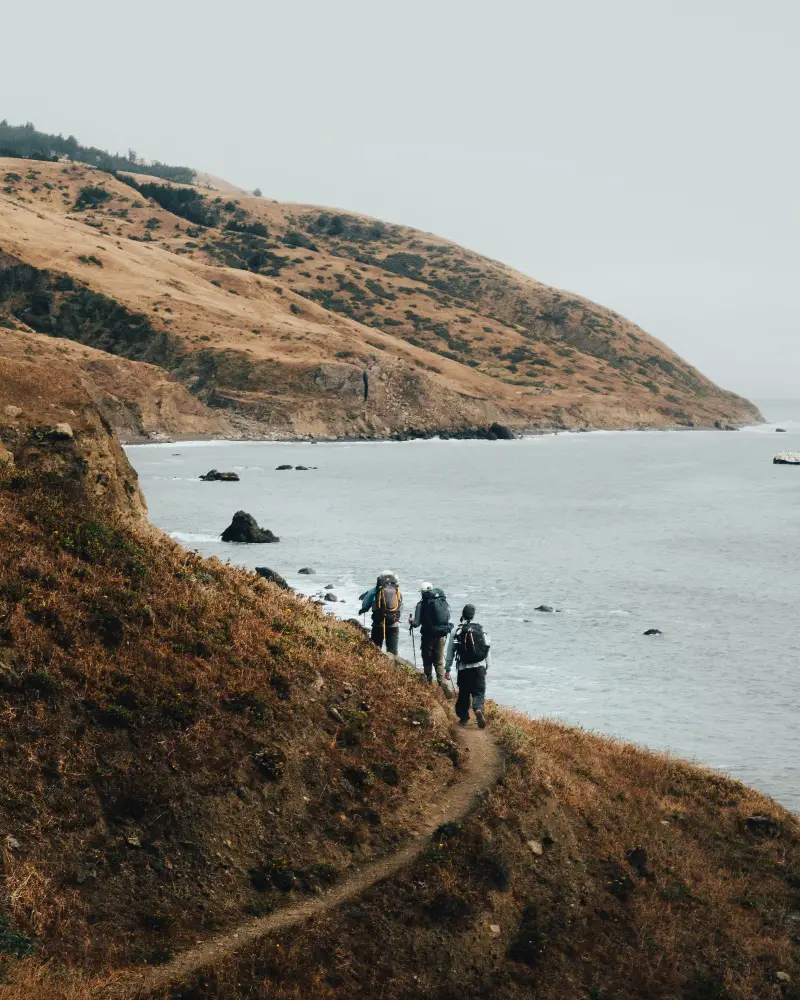
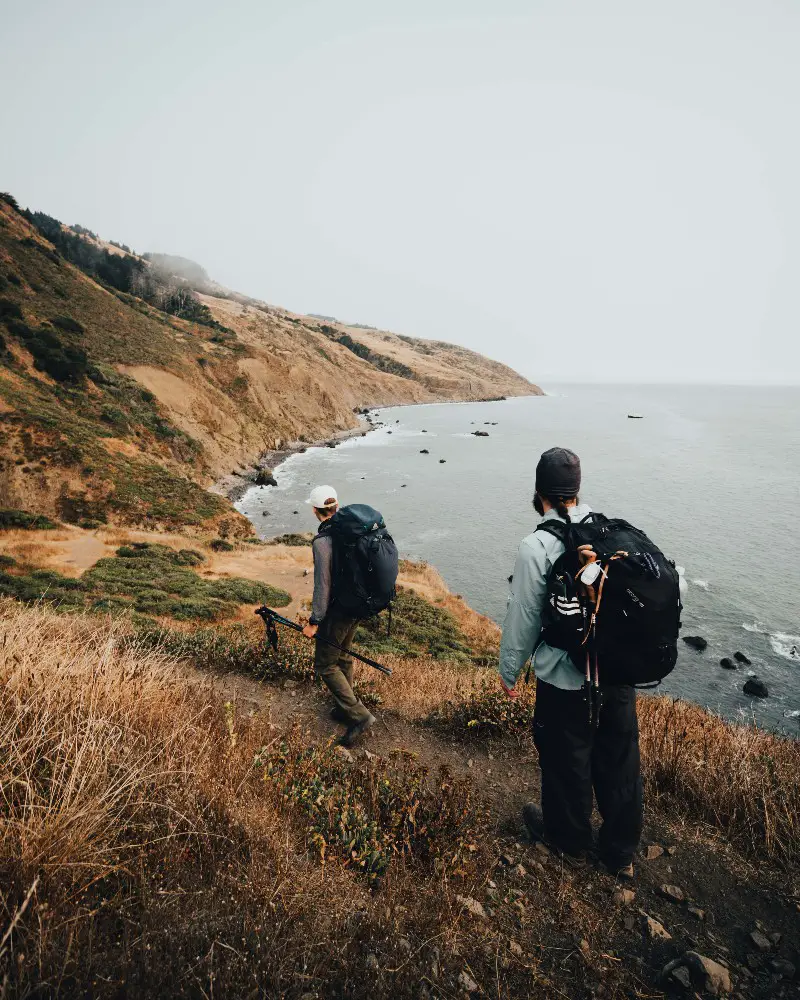
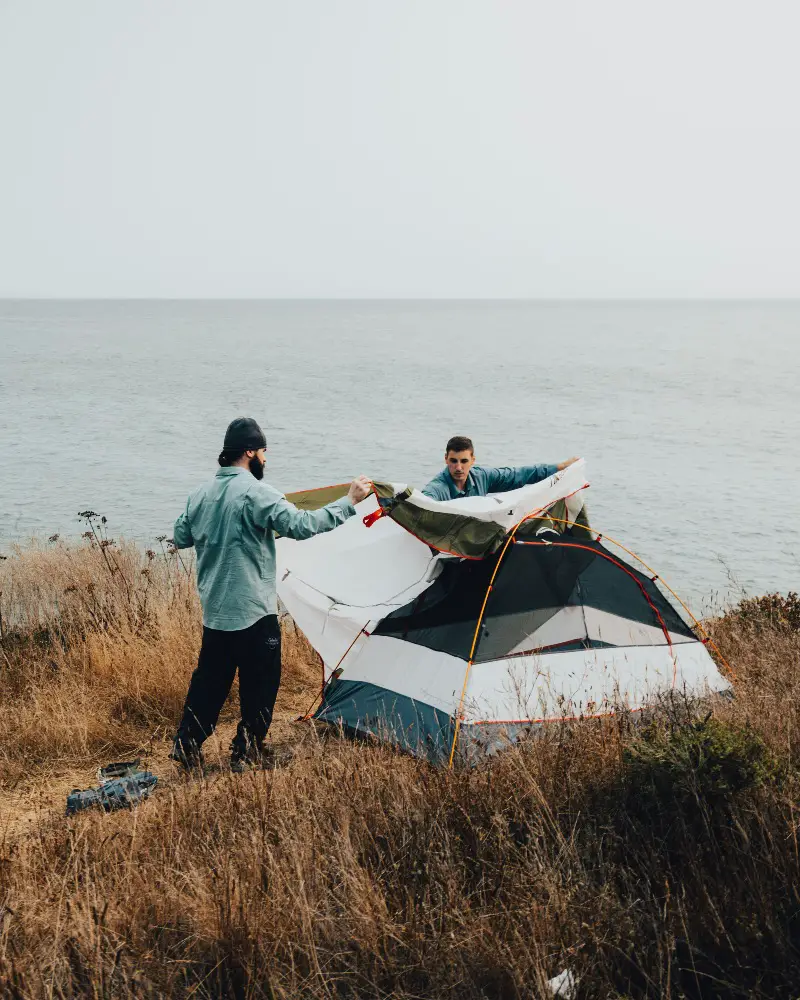
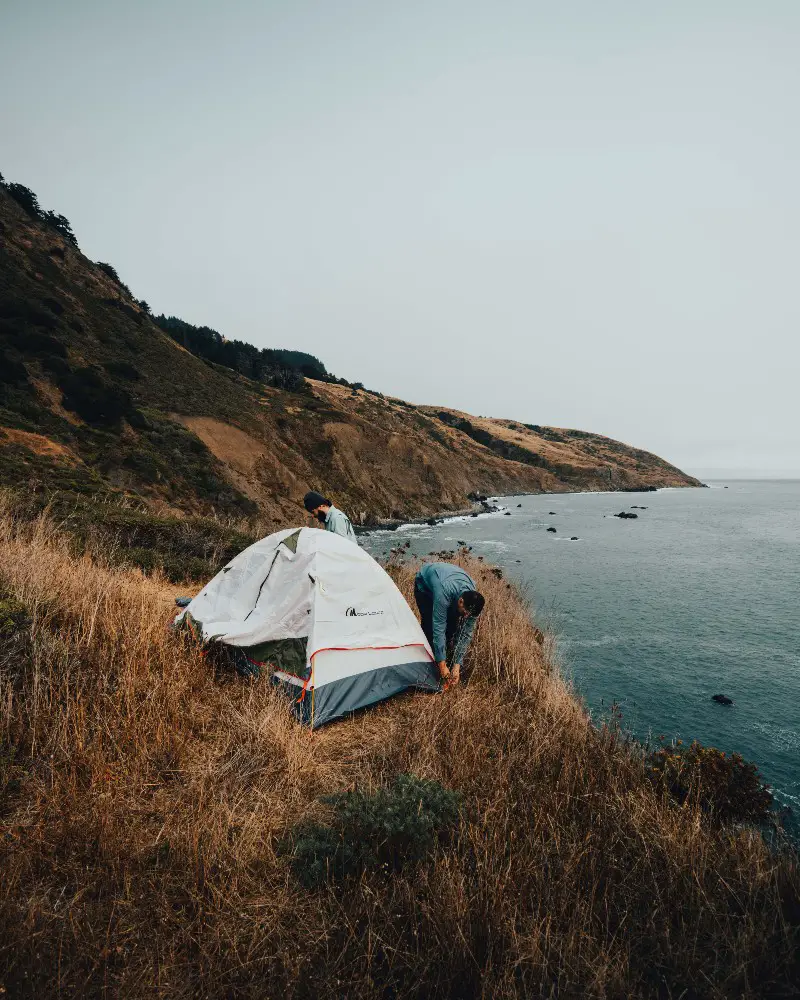
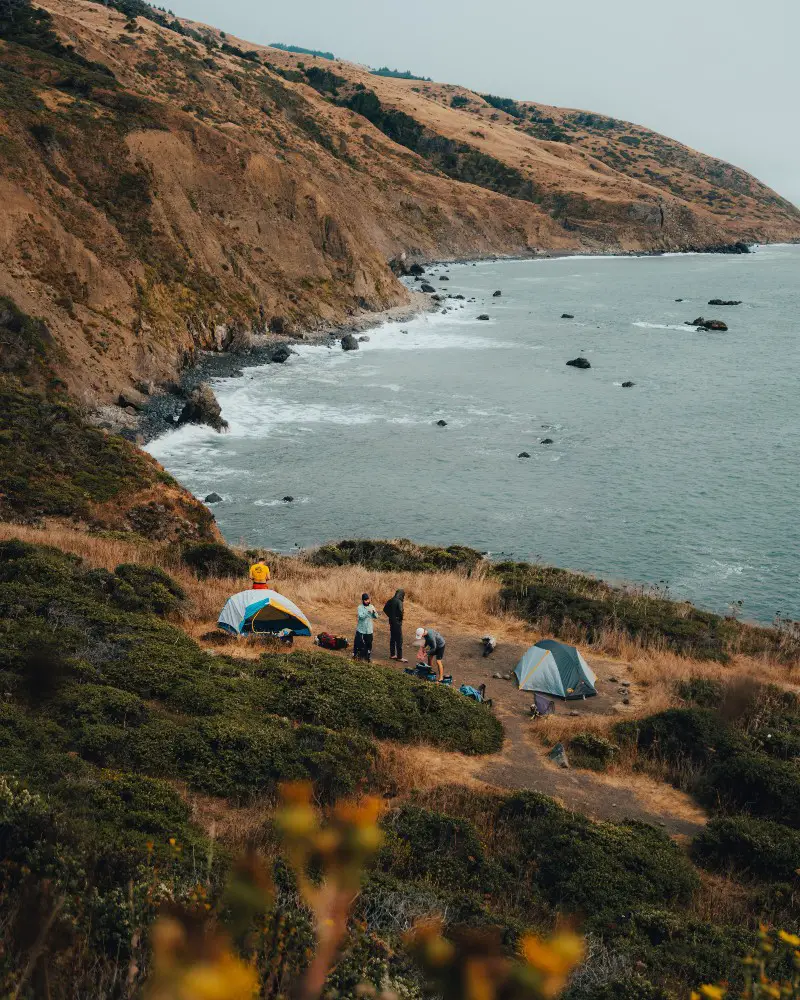
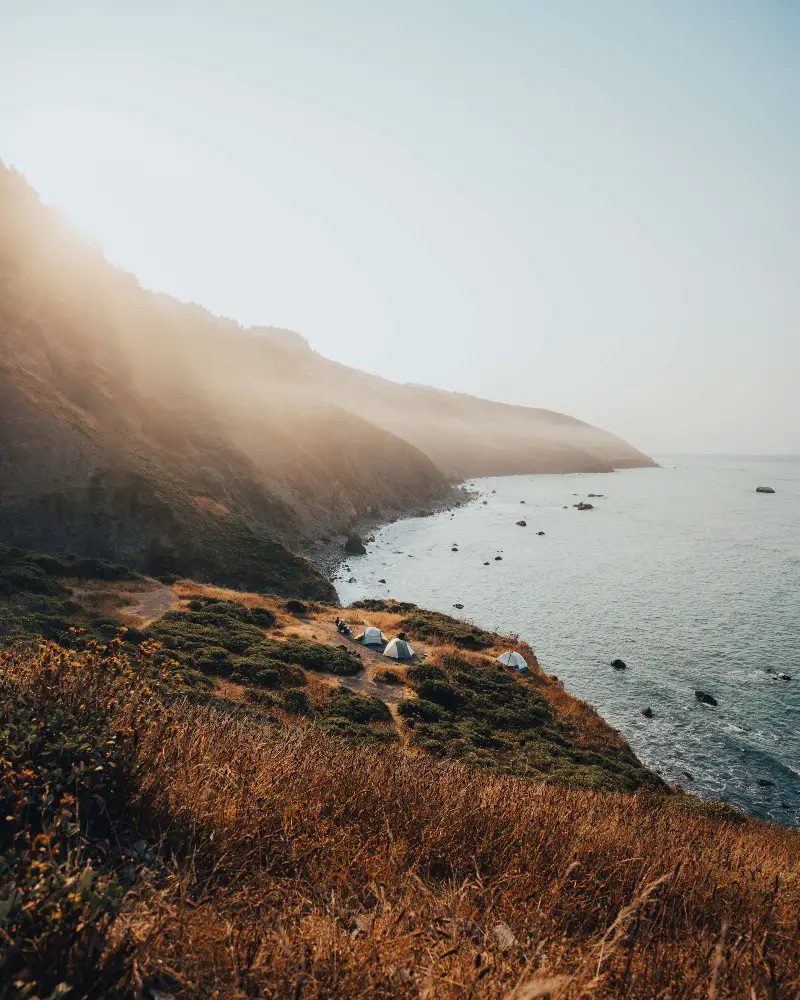
Best Memory from the Lost Coast Trail
It’s not really a beginners backpacking trip, but we were mostly beginners at the time just figuring it out as we went. I think having the chance to see some friends and be in a wild place for four days was just the vacation I needed from my corporate job at the time. Hiking the beautiful trail was often in a single file line, so most of the talking is done at meal times.
Exhausted and hungry we would pull out our bear canisters and see what food we could share for snacks and dinner every night. Night one was the most beautiful campsite I have ever seen and we arrived well before sunset to set up camp and enjoy it. Luckily, no other campers had taken it already.
In fact, we only saw a couple of other people each day. On that first night we saw what appeared to be a mountain lion in the trees, maybe 100 yards from camp across a ravine. With our headlamps scanning we could only make out a shape and see glowing eyes. Fortunately for me, I had no trouble sleeping but some of the others were worried about those eyes!
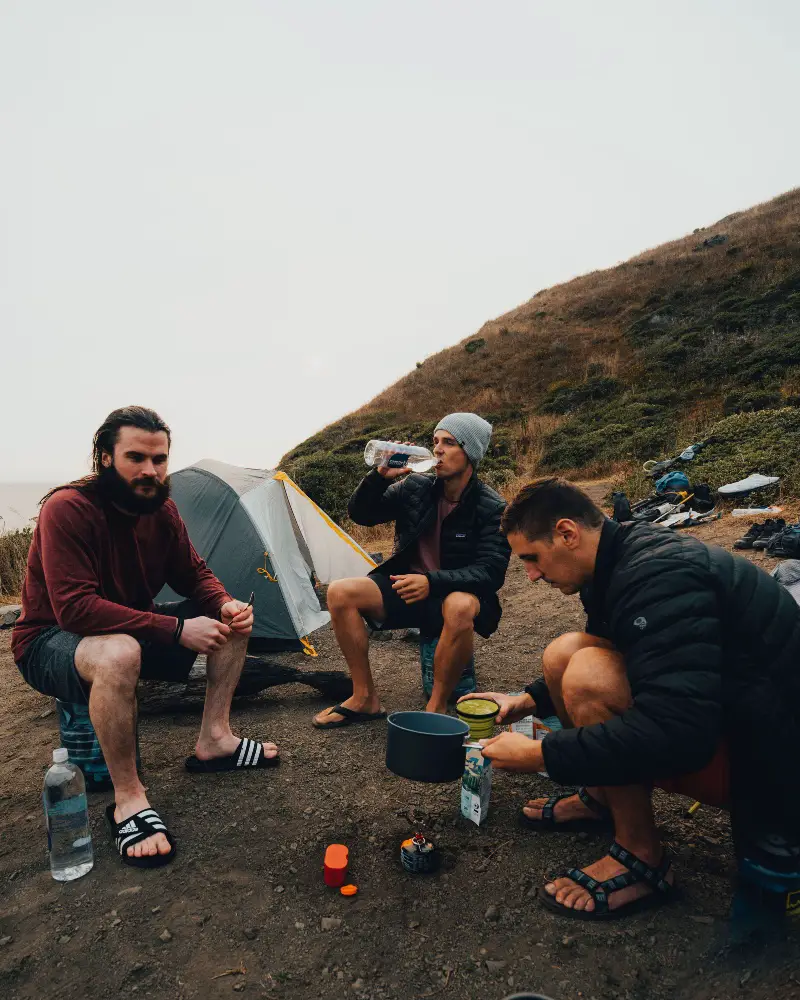
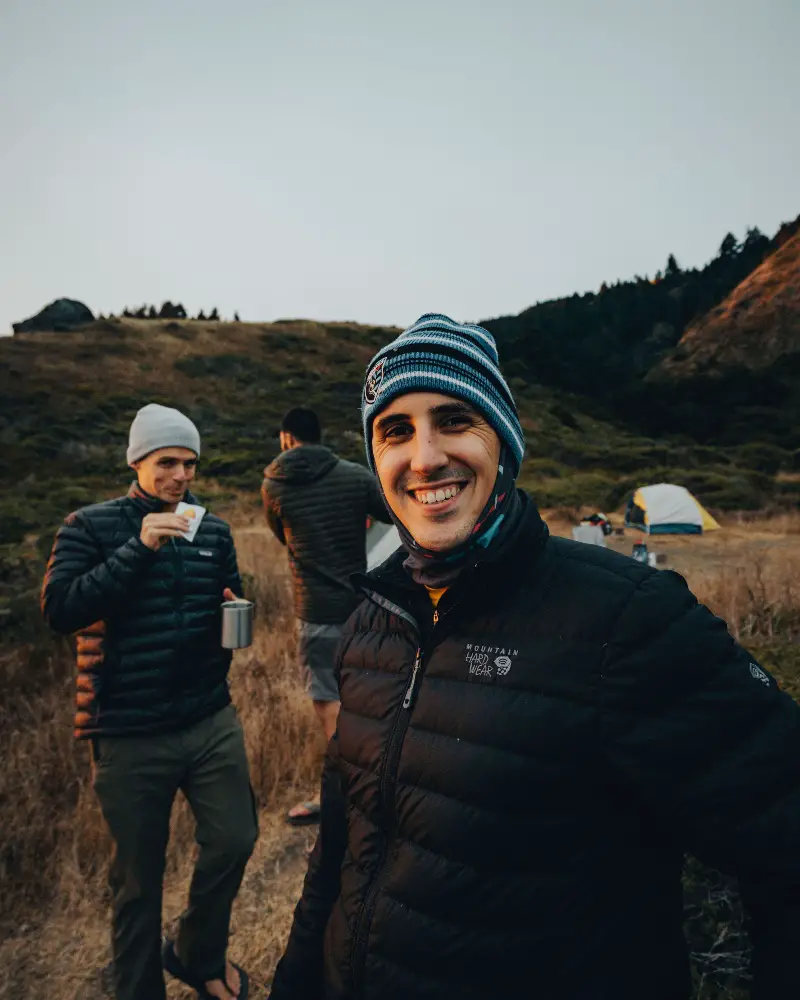
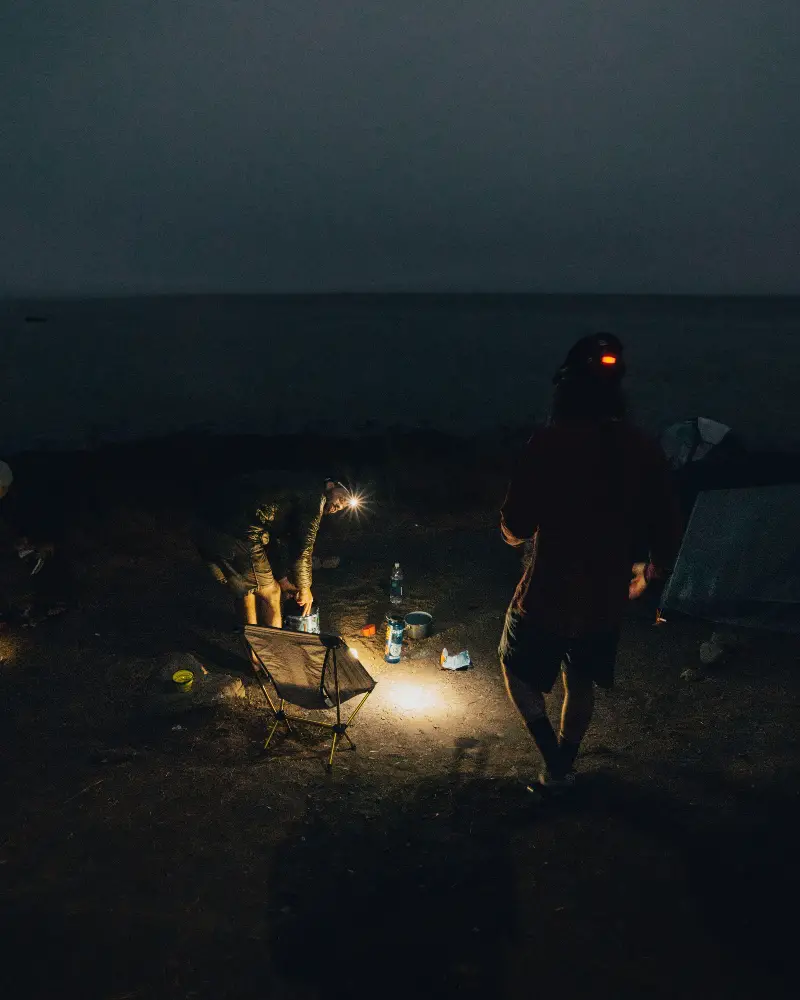
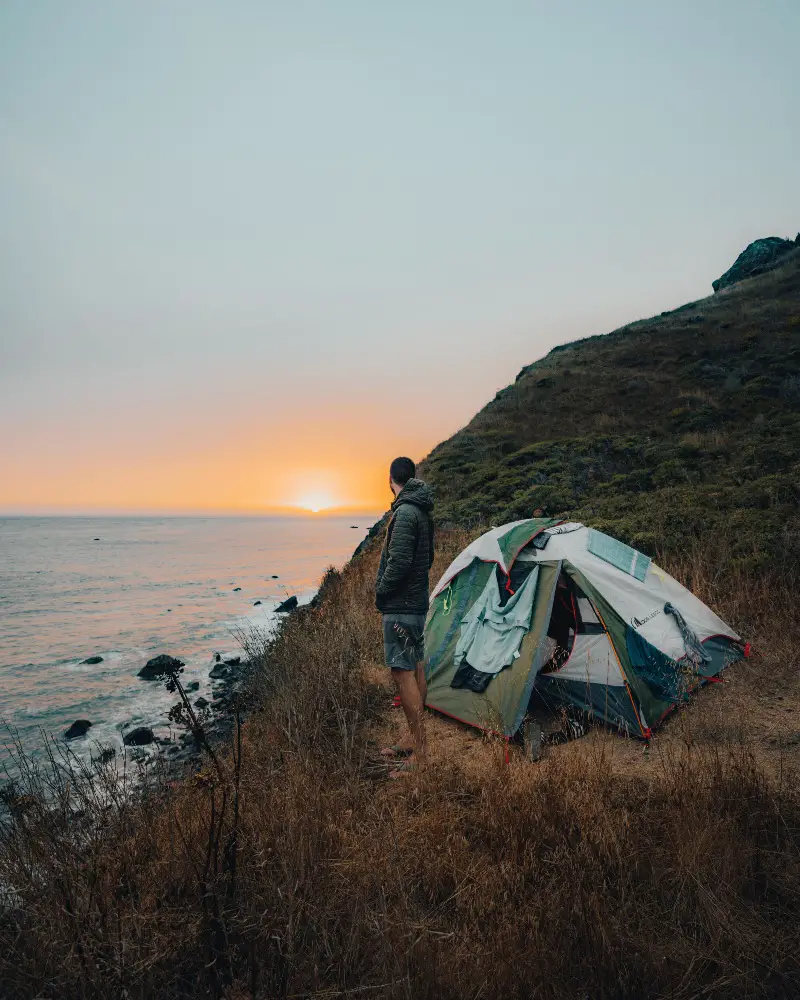
Biggest Challenge of the Lost Coast Trail
Scheduling is a challenge. My friend called the ranger station regularly to check in and get input for our itinerary. The problem is the tides. Various rangers approved our itinerary with no concerns, but one said: “you would be idiots to do this hike at that time”. He suggested the tides would be impassable and we would be trapped on the beach with a rising tide.
Fortunately, we had no troubles whatsoever with our tide crossings. I remember two spots where you quickly run 20 feet around a point as the tides go out to avoid getting wet but we were never in any danger.
Besides the tides and scheduling, the beach hiking is rather difficult. We moved pretty slow with our full 65 litre backpacks over rocks and sand. My shoulders and hips definitely needed a decent break from the backpack a few times a day. I think because the trail is challenging, it’s more rewarding. Not to mention the beautiful scenery you get to see along the entire trail!
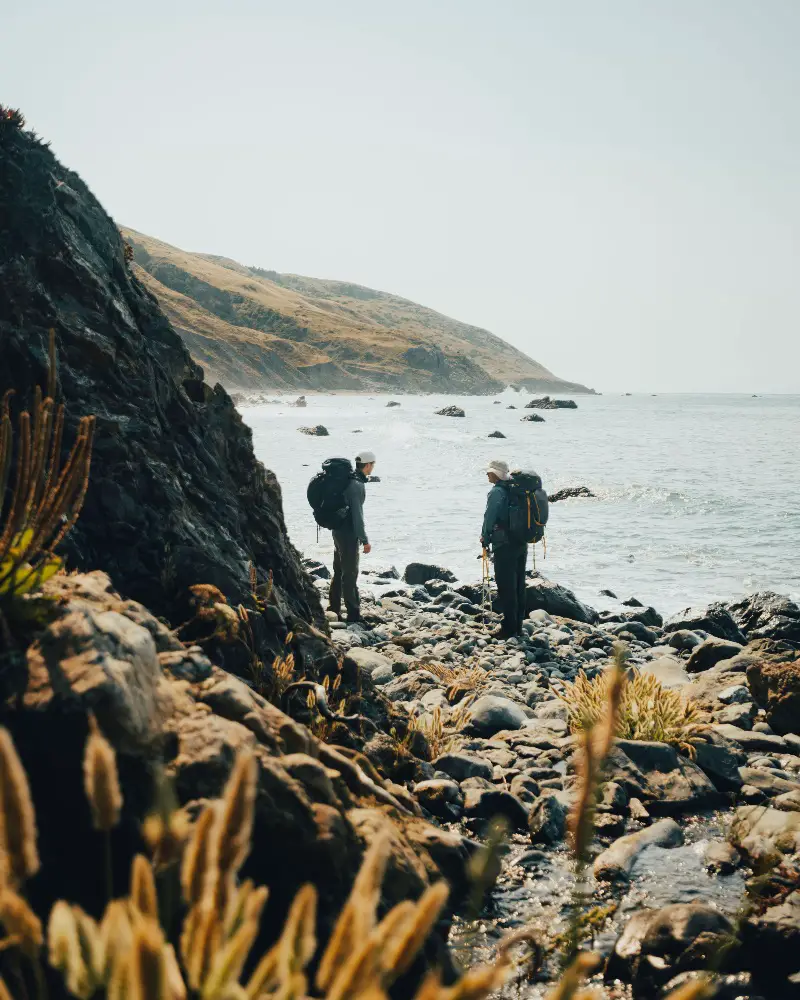
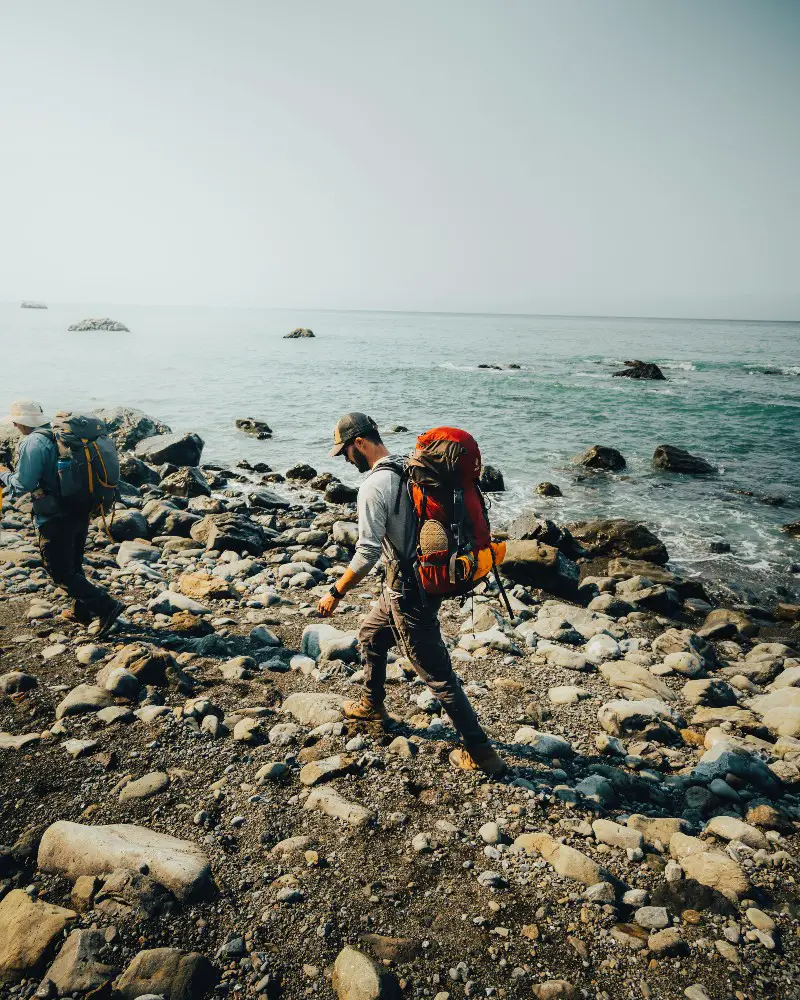
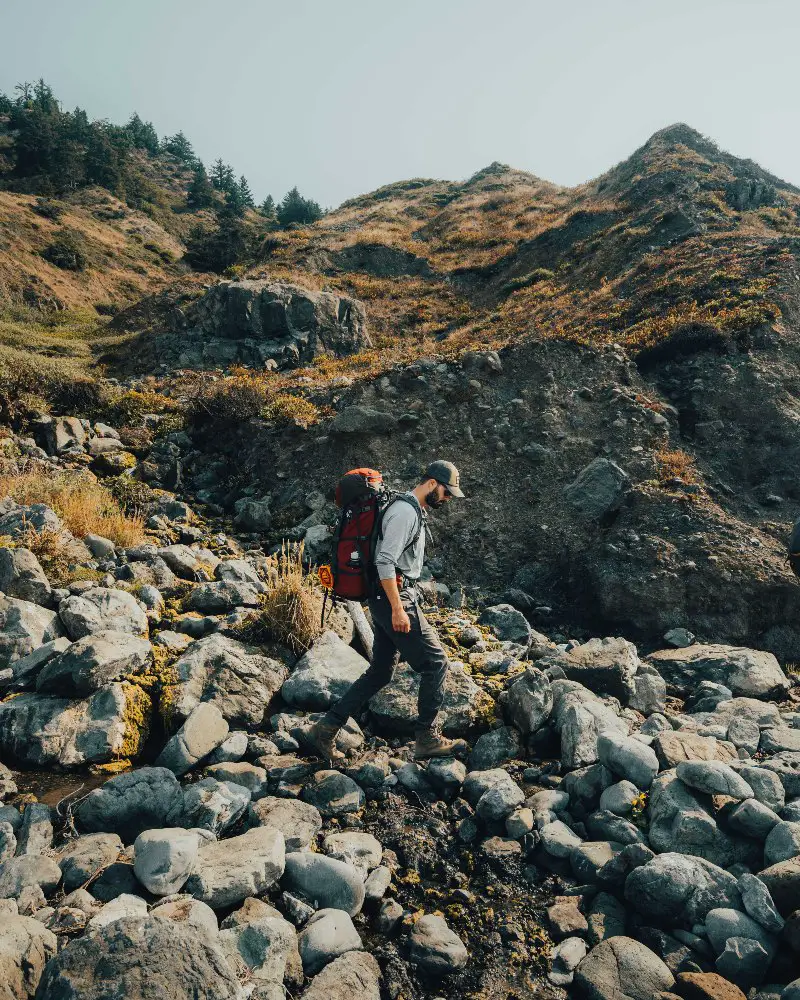
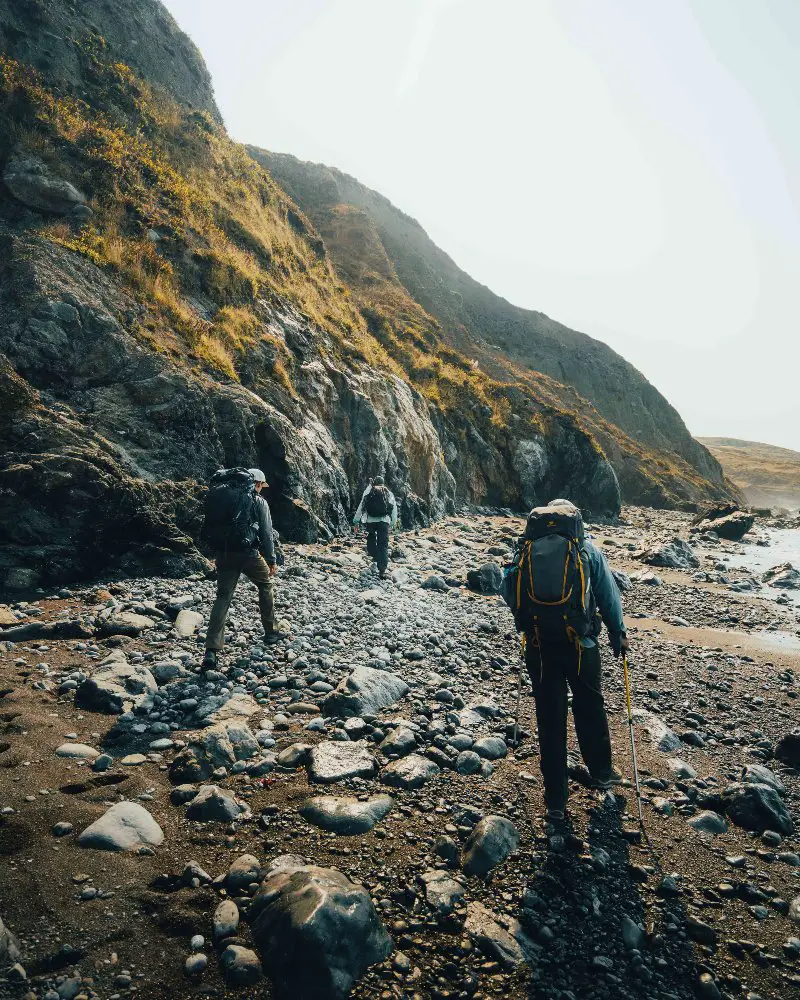
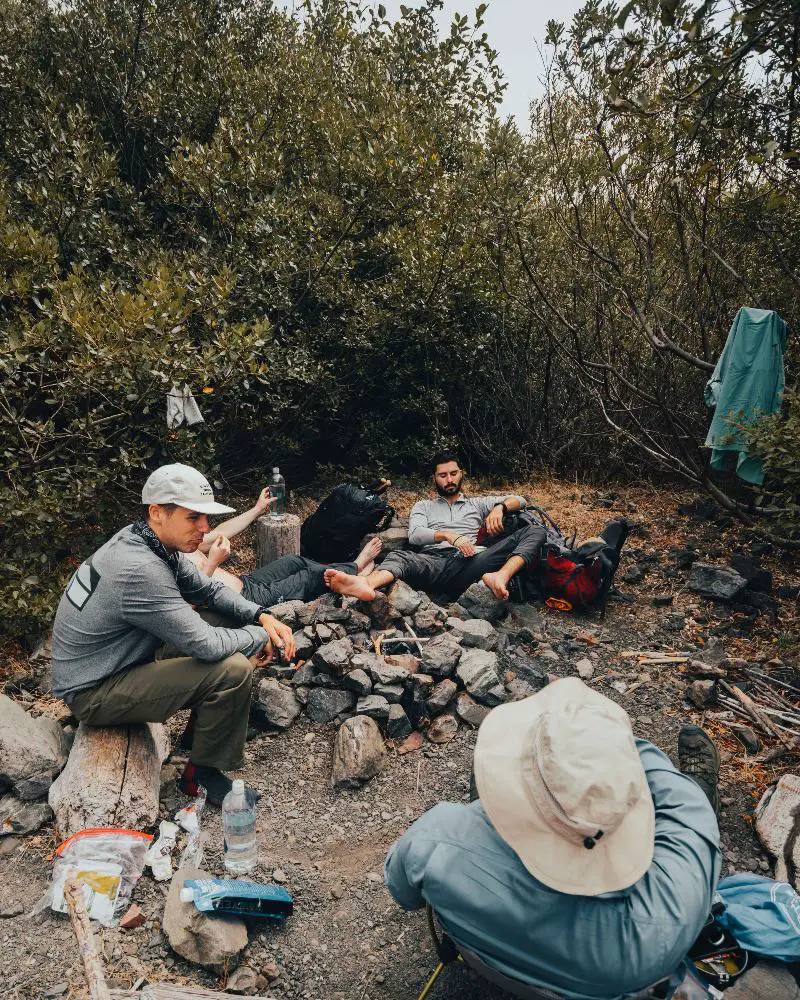
Weather Conditions & Securing Permits
The weather was fairly mixed for us when we went in September. We had heavy fog with little visibility for at least one day of the trip but mostly it was partly cloudy. The temperature was perfect for the strenuous hiking at probably 65-70 degrees with a fair breeze. I would definitely recommend hiking the Lost Coast Trail during the cooler summer months into autumn.
When it comes to permits, you are required to secure permits for your group to hike the Lost Coast Trail. Most people seem to think this is quite difficult but I have found that with enough planning it’s no problem. The idea is to get on the permit website as soon as the booking window opens and book your trip roughly six months or more in advance.
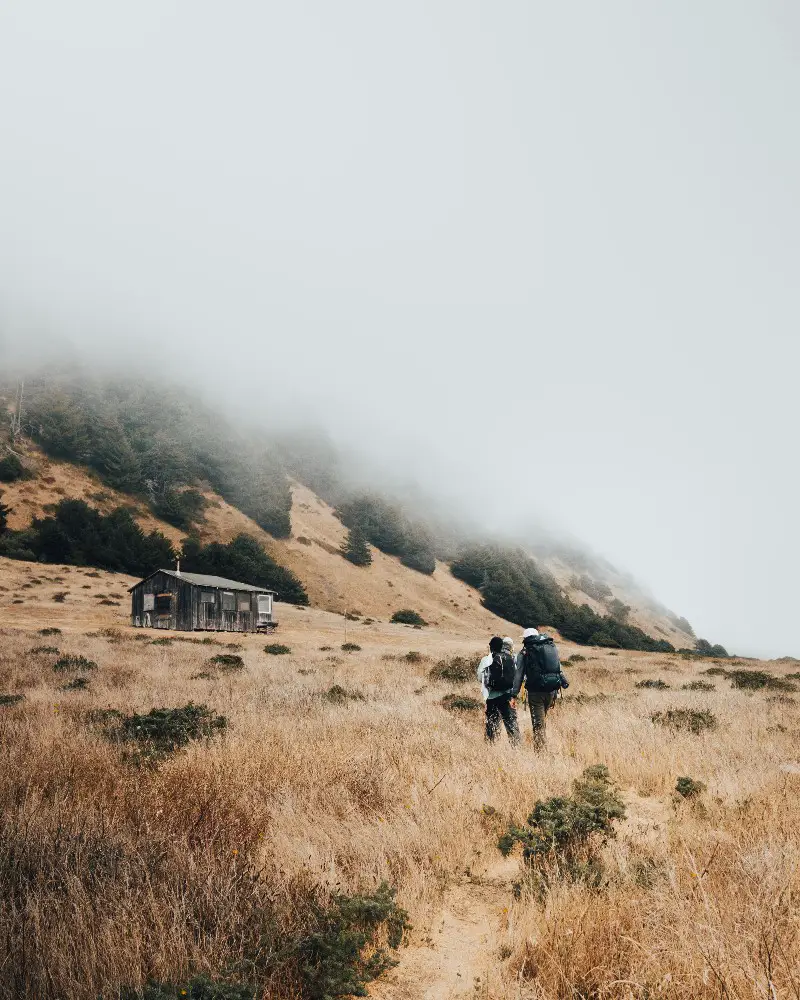
Need to Know Before you Go
I suggest bringing a printed out tide chart for the Lost Coast Trail. We had copies on our phone but a hard copy would definitely be a smart choice in case you run out of battery. With the rocky terrain, good high boots are also fairly necessary to avoid rolling an ankle on the rocky beaches.
When planning this hike you can really decide how many miles to do in a day (relative to the tides) as many of the camping locations are so beautiful that you may want to break up the trip into a longer, slower itinerary.
For the most part, we got lucky. The tides weren’t an issue, the weather was perfect, the best campsites weren’t taken and the shuttles were available when we needed them. Overall, it was a wonderful experience that I highly recommend to others! Thanks for reading and happy hiking everyone.








